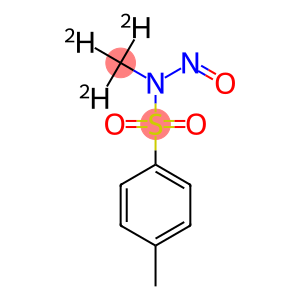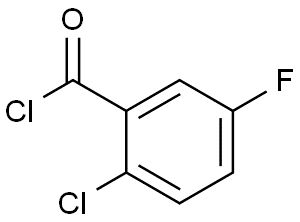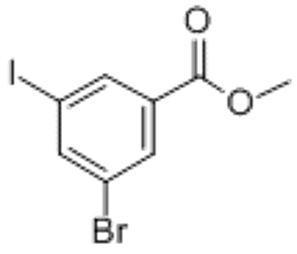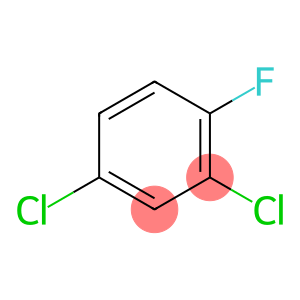N-Phenyl-N-nitroso-p-toluenesulfonamide(CAS#42366-72-3)
| Risk Codes | R20/21/22 – Harmful by inhalation, in contact with skin and if swallowed. R43 – May cause sensitization by skin contact R36/37/38 – Irritating to eyes, respiratory system and skin. R2 – Risk of explosion by shock, friction, fire or other sources of ignition |
| Safety Description | S26 – In case of contact with eyes, rinse immediately with plenty of water and seek medical advice. S36 – Wear suitable protective clothing. S36/37 – Wear suitable protective clothing and gloves. S35 – This material and its container must be disposed of in a safe way. S15 – Keep away from heat. |
| UN IDs | UN3234 – UN3224 DOT class 4.1 (N-Methyl-N-nitroso-p-methylbenzenesulfonamide) Self-reactive solid type C, temperature controlled) |
| WGK Germany | 2 |
Introduction
N-phenyl-N-nitroso-p-toluenesulfonamide (BTd for short) is an organic compound. The following is an introduction to some of its properties, uses, manufacturing methods and safety information:
Properties: BTd is a colorless to light yellow crystalline solid with some solubility.
It can be used in the synthesis of other organic compounds such as aniline, pyrroles, and thiophene derivatives.
Method: The general method of preparing BTd is obtained by reacting p-toluenesulfonamide with nitrous acid. The specific preparation method can be to dissolve p-toluenesulfonamide in dilute sulfuric acid, and then add nitrite to the reaction solution in a slow drop, while keeping the reaction temperature below 5 degrees Celsius. After the reaction is completed, the BTd product is cooled, crystallized and filtered.
Safety Information: The use and operation of BTd should be accompanied by the appropriate safety operating procedures. It is an organic compound that can be somewhat irritating and toxic. When handling and touching BTd, appropriate precautions such as wearing protective gloves and goggles should be used, and a well-ventilated operating environment should be ensured. Contact with other organics and oxidants should be avoided to avoid dangerous reactions. In case of inhalation, skin contact, or accidental ingestion of BTd, seek medical attention immediately and provide the appropriate chemical safety data sheet.








